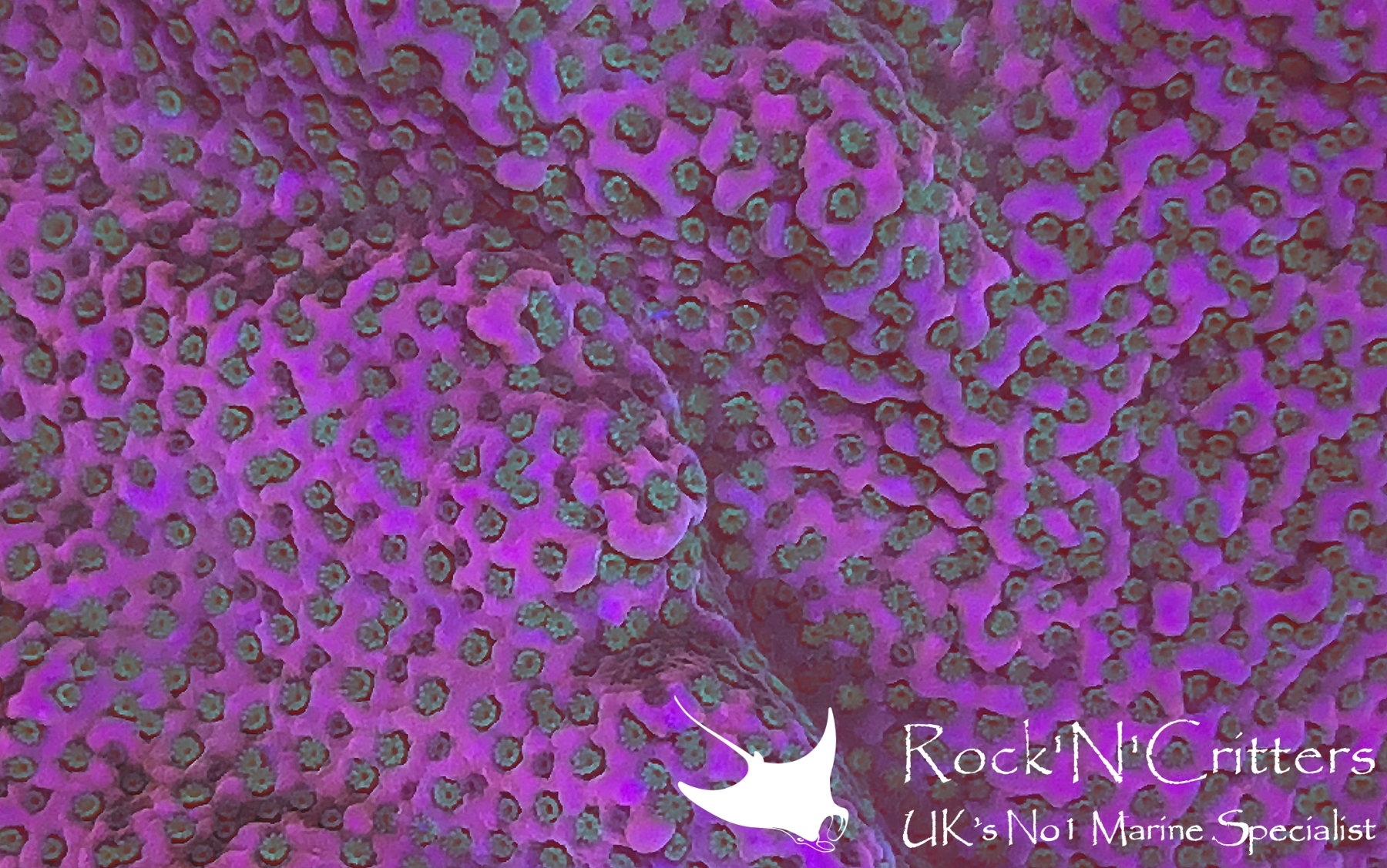
Here in the UK we are most often concerned with heating our marine aquariums up to temperature but what happens during heatwaves like the one we've just experienced. How do we keep our aquariums at the right temperature and stable? Here are a few things you can do to mitigate the summer hot spells.
Hot weather is just one of those things that we have to contend with and usually a bit of a warm spell isn't a cause for concern. When we get heatwaves in the UK however, it's a different story. The issue here other than the aquarium exceeding the desired temperature range is that we lose control of the water temperature. We have no say on when mother nature is going to let up on the heatwave allowing the aquarium to drop back down in temperature. Why is it an issue if the temperature gets too high? The immediate issue is for those of us who keep corals, particularly SPS who are very sensitive to changes. High temperatures can cause bleaching such as what we're seeing on the reefs around the world or cause LPS and soft corals to wither and die. Another issue is that when water heats up, the oxygen levels will decrease which can be a cause for concern for heavily stocked tanks or aquariums with large fish. So, how do we regain control of the temperature in our aquariums in heatwaves?
The main and only way we can really regain full control of the temperature of our aquarium is to use a chiller like the DD Chiller. This is a piece of equipment which has aquarium water pumped through it and it will chill it before it then returns to the aquarium. The chiller can be controlled independently or as part of a temperature control system such as the DD Dual Temperature Controller. There are a couple of things to consider about using a chiller though. First off, they are relatively expensive for the few times you may have to use it each year however when you weigh it up against how much you have invested in coral or livestock generally then a chiller is a worthwhile investment. The other thing to consider is that in order to chill water the chillers will emit hot air, whilst it's not essential this air should really be ducted outside else it adds to the overall air temperature in the room heating your aquarium.
If you don't want to commit to a chiller then there are things you can do to try and bring the temperature down. The first is airflow. Use fans to move air across the water surface of your aquarium, consider opening the cabinet doors to allow air to get to the sump and lift the glass lid off your aquarium (if you have a glass lid). This can help move cooler air to the aquarium and warmer air away from it to produce a cooling effect. Something to bear in mind when doing this though is that increased airflow across the water surface may increase evaporation so your top up reservoir may need refilling more often.
Another popular way to lower the temperature is to place bottles of frozen water into the sump. This will chill the water and help to bring the temperature down. This is usually more effective on smaller aquariums with less water volume and of course when the bottles defrost the cooling effect is lost so you will have to freeze a few bottles at a time and rotate them through the sump as they defrost. Make sure you keep the lid on the bottles and that no water from inside the bottle can leak into the aquarium water which will affect the salinity.
Finally, this won't help you so much in a heatwave but it's worth considering when you set up your aquarium and that is placement. When choosing the location for your aquarium in the house try and keep it away from windows and out of areas that receive direct sunlight. This will help keep the temperature more under control in the summer months. Even better still, consider where in the house you place the aquarium. Rooms which are north facing and receive little to no sun will be cooler and as a result the chance of your aquarium getting too hot will be reduced.
In summary, if you want to have complete control of your aquarium temperature then a chiller is probably the way forward for summer heatwaves. If you want to try and lower it in a more manual way then you can try airflow and/or ice. There are pros and cons to each option but ultimately it's down to you to figure out what is the best approach for you and your aquarium.